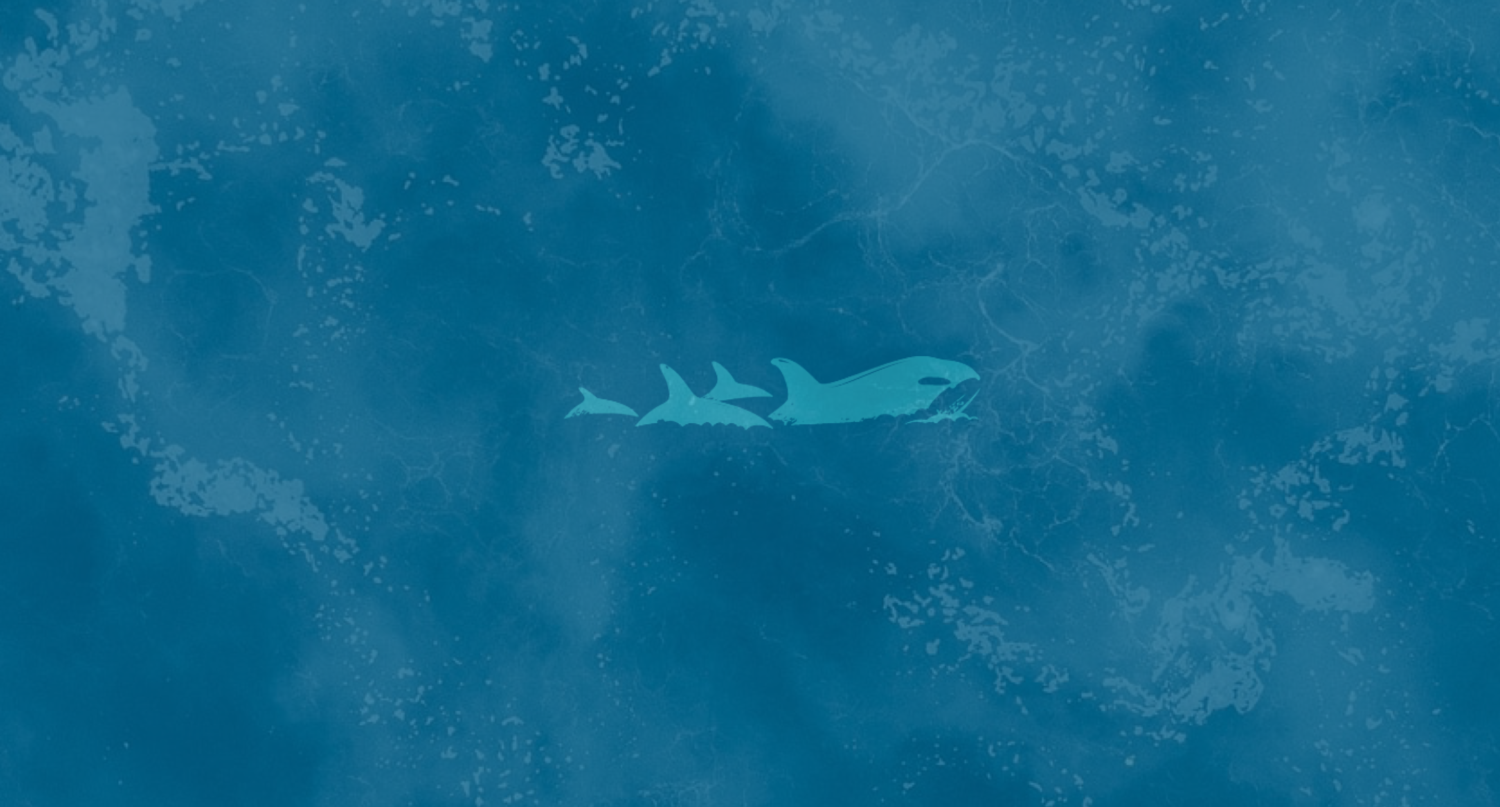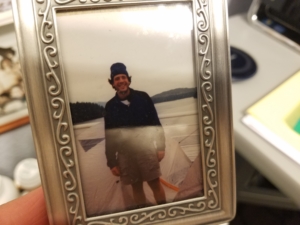Happy 100th, National Parks
It started as a rustle. Then, sniffing, lots of sniffing. By the time I heard the snorting on the other side of my canvas tent, I was pretty certain my early-morning visitor was a bear.
The problem, of course, was that I was in the middle of nowhere, kayak-camping on Strawberry Island, one of the Beardslee Islands at the mouth of Alaska’s Glacier Bay National Park. Despite all of the warnings about not camping alone, I was out there all by my lonesome. Just me and the bear.
So at 3:14 a.m., I started reading Allen Ginsberg poems. Really loudly.
Eventually (maybe it was “Please Master”), the animal retreated back into the woods. When he left, I broke camp faster than I’ve ever broken a camp in my life, stuffed it all back into the kayak, and paddled like an Olympic rower out of the cove. About 100 yards from shore, I spotted my black ursine friend, clearly curious about the disappearing poetry. I stopped paddling just long enough to mutter the words, “Holy shit.”
Five minutes later, I was greeted by yet another animal; this time, a 50-foot humpback, which surfaced just off the port stern.
The whale signaled its arrival with a blow—I was so close that within seconds I was enveloped by the moist stench of rotting fish. Then it dipped beneath the water line out of sight.
I knew it wouldn’t go far—I had studied humpbacks for most of my 20s and knew that a lone humpback hanging out during summer in Alaska was either feeding or sleeping or maybe a bit of both. So I took my paddle out of the water and waited.
Two minutes later I saw the leviathan again. This time it announced itself with a flash of white down below—undoubtedly a flipper or maybe the underside of some tail flukes. Then, closer to the surface, just beneath the boat, I spotted the animal’s eye. Looking right at me. So close I could practically reach out and poke it.
The whale hovered below the kayak for a few moments, staring at me. The animal dwarfed me and all of my poorly packed possessions. It surfaced with a blow, then dived and hovered again.
Surface, dive, hover; again. And again.
After about five cycles, it hit me that this animal wasn’t going anywhere. I’m sure the whale was just curious, probably thinking, What the fuck is this guy doing in his kayak at 4 a.m.? Of course in my sleep-deprived mind, I convinced myself the whale somehow knew that bear had scared the shit out of me and driven me from my tent. I kind of thought the whale was hanging around to protect me.
We floated together for what seemed like an eternity. Surface, dive, hover. Surface, dive, hover. I didn’t even realize I was crying until I tasted my own tears.
I’m not a religious guy (that’s another subject for a less public venue). But in that moment, on that night in Glacier Bay, I had the most spiritual experience of my life. When the whale finally got bored with me and my kayak, it pumped its flippers and waved goodbye with a raise of the tail flukes before diving to the depths. The image of those flukes, the quiet with which they slipped beneath the water as the giant animal disappeared forever—those details will be among the last things I remember on this Earth. They’ll be right there with the births of my girls, my wedding day, singing with my high school choir at a wood stave church in Norway.
And the whale encounter never would have happened without the national parks.
Today marks the 100th anniversary of the National Park System, our country’s greatest invention. I can’t help but remember that fateful night without thinking of the parks. The open space! The untrammeled landscape! The fact that I was the intruder! That I was able to have this experience is reason enough to celebrate the parks. And when you consider how many lives the parks have touched in similar fashion over the years, you recognize what a big deal this centennial really is.
As of this summer, the only national parks my girls have visited are here in California—Yosemite and the Presidio. Someday, I’ll take my them to Glacier Bay and introduce them to the wonder and beauty of it there, too. I know I can count on the Beardslees being just as great down the road as they were back in 2003.
And so, to the National Park Service (and the federal government, really), I say this: THANK YOU. And Happy Birthday, indeed.



